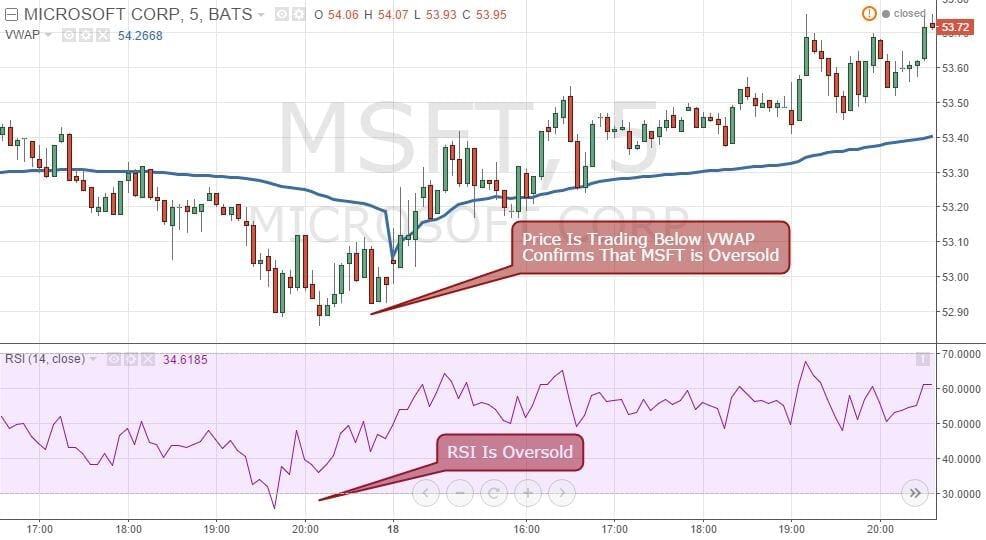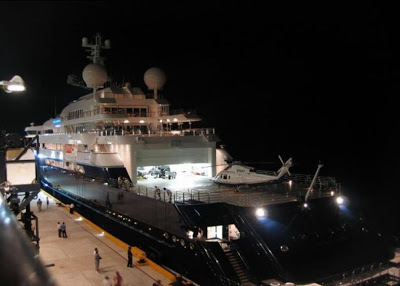Thus, the new system would be devoid (initially) of governments meddling with their currency supply as they had during the years of economic turmoil preceding WWII. Instead, governments would closely police the production of their currencies and ensure that they would not artificially manipulate their price levels. If anything, Bretton Woods was a return to a time devoid of increased governmental intervention in economies and currency systems. On a larger scale, however, the agreement unified 44 nations from around the world, bringing them together to solve a growing global financial crisis. It helped to strengthen the overall world economy and maximize international trade profit. The Bretton Woods Agreement created two Bretton Woods Institutions, the IMF and the World Bank.
What Could Replace the US Dollar as World Reserve Currency? – Barchart
What Could Replace the US Dollar as World Reserve Currency?.
Posted: Fri, 28 Apr 2023 07:00:00 GMT [source]
Essentially, the agreement called for the newly created IMF to determine the fixed rate of exchange for currencies around the world. The IMF was designed to advance credits to countries with balance of payments deficits. Short-run balance of payment difficulties would be overcome by IMF loans, which would facilitate stable currency exchange rates. This flexibility meant a member state would not have to induce a depression to cut its national income down to such a low level that its imports would finally fall within its means. Thus, countries were to be spared the need to resort to the classical medicine of deflating themselves into drastic unemployment when faced with chronic balance of payments deficits.
Dollar shortages and the Marshall Plan
Officially established on 27 December 1945, when the 29 participating countries at the conference of Bretton Woods signed its Articles of Agreement, the IMF was to be the keeper of the rules and the main instrument of public international management. IMF approval was necessary for any change in exchange rates in excess of 10%. It advised countries on policies affecting the monetary system and lent reserve currencies to nations that had incurred balance of payment debts. (v)The international monetary system is the system linking national currencies and monetary system. In this system, national currencies, for example the Indian rupee, were pegged to the dollar at a fixed exchange rate.
This, in the view of neoclassical economists, represented the point where holders of the dollar had lost faith in the ability of the U.S. to cut budget and trade deficits. By 1968, the attempt to defend the dollar at a fixed peg of $35/ounce, the policy of the Eisenhower, Kennedy and Johnson administrations, had become increasingly untenable. Gold outflows from the U.S. accelerated, and despite gaining assurances from Germany and other nations to hold gold, the unbalanced spending of the Johnson administration had transformed the dollar shortage of the 1940s and 1950s into a dollar glut by the 1960s. In 1967, the IMF agreed in Rio de Janeiro to replace the tranche division set up in 1946. Special drawing rights (SDRs) were set as equal to one U.S. dollar, but were not usable for transactions other than between banks and the IMF. Nations were required to accept holding SDRs equal to three times their allotment, and interest would be charged, or credited, to each nation based on their SDR holding.
U.S. balance of payments crisis
Yet it helps us understand the nineteenth-century world economy better if we look at the three flows together. Though agricultural prices fell sharply, the colonial government refused to reduce revenue demands. Under the Bretton Woods System, gold was the basis for the U.S. dollar and other currencies were pegged to the U.S. dollar’s value. The Bretton Woods System effectively came to an end in the early 1970s when President Richard M. Nixon announced that the U.S. would no longer exchange gold for U.S. currency.
The Bretton Woods system could work only as long as the U.S. inflation rate remained low and the United States did not run a balance-of-payments deficit. The August shock was followed by efforts under U.S. leadership to reform the international monetary system. Throughout the fall (autumn) of 1971, a series of multilateral and bilateral negotiations between the Group of Ten countries took place, seeking to redesign the exchange rate regime. A second structural change that undermined monetary management was the decline of U.S. hegemony. The U.S. was no longer the dominant economic power it had been for more than two decades. By the mid-1960s, the E.E.C. and Japan had become international economic powers in their own right.
We need a new Bretton Woods moment, says António Guterres. What was the original Bretton Woods and what did it achieve?
Formally introduced in December 1945 both institutions have withstood the test of time, globally serving as important pillars for international capital financing and trade activities. The two major accomplishments of the conference were the creation of the International Monetary Fund (IMF) and the International Bank for Reconstruction and Development (IBRD). A key reason for Bretton Woods’ collapse was the inflationary monetary policy that was inappropriate for the key currency country of the system. The Bretton Woods system was based on rules, the most important of which was to follow monetary and fiscal policies consistent with the official peg. A new international monetary system was forged by delegates from forty-four nations in Bretton Woods, New Hampshire, in July 1944.
The IMF sought to provide for occasional discontinuous exchange-rate adjustments (changing a member’s par value) by international agreement. Member nations were permitted to adjust their currency exchange rate by 1%. This tended to restore equilibrium in their trade by expanding their exports and contracting imports. A decrease in the value of a country’s money was called a devaluation, while an increase in the value of the country’s money was called a revaluation.
The Making of a Global World
But the United States, as a likely creditor nation, and eager to take on the role of the world’s economic powerhouse, used White’s plan but targeted many of Keynes’s concerns. White saw a role for global intervention in an imbalance only when it was caused by currency speculation. The U.S. dollar was the currency with the most purchasing power and it was the only currency that was backed by gold.
Marxism, money, and inflation Economic theory History & Theory – In Defence of Marxism
Marxism, money, and inflation Economic theory History & Theory.
Posted: Fri, 02 Dec 2022 08:00:00 GMT [source]
It was expected that national monetary reserves, supplemented with necessary IMF credits, would finance any temporary balance of payments disequilibria. Never before had international monetary cooperation been attempted on a permanent institutional basis. Even more groundbreaking was the decision to allocate voting rights among governments, not on a one-state what is meant by bretton woods agreement class 10 one-vote basis, but rather in proportion to quotas. Since the United States was contributing the most, U.S. leadership was the key. Under the system of weighted voting, the United States exerted a preponderant influence on the IMF. The United States held one-third of all IMF quotas at the outset, enough on its own to veto all changes to the IMF Charter.




No comments yet.